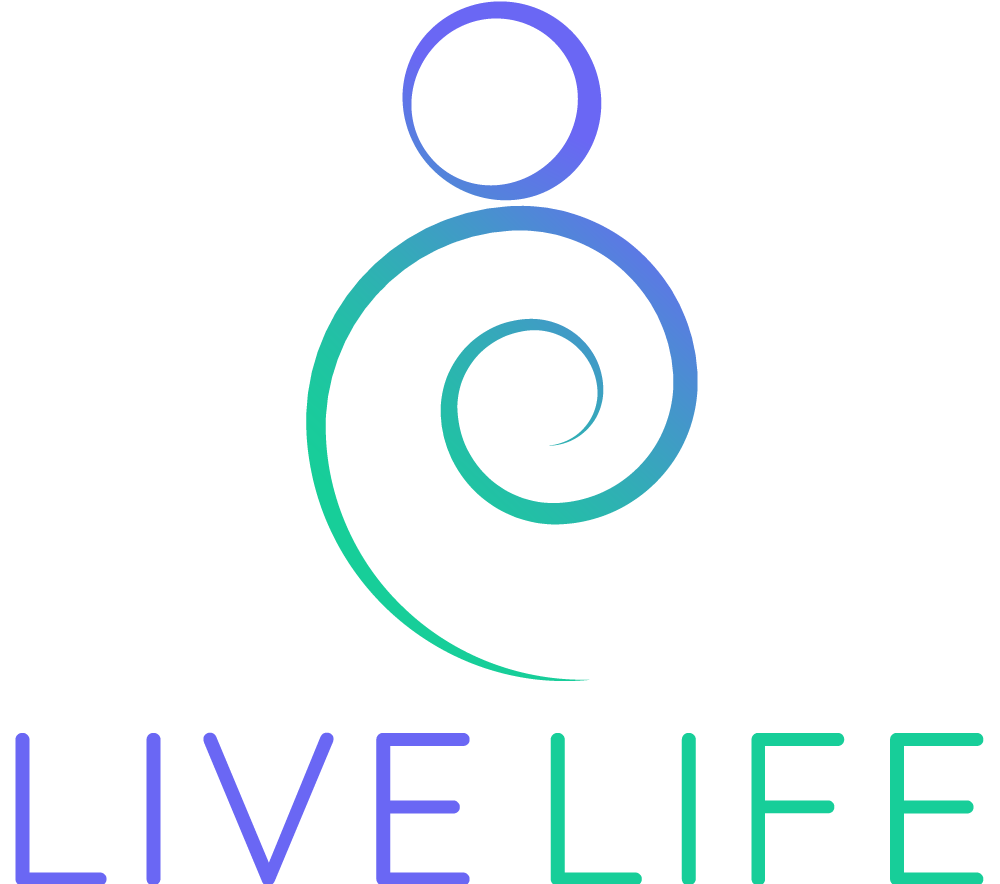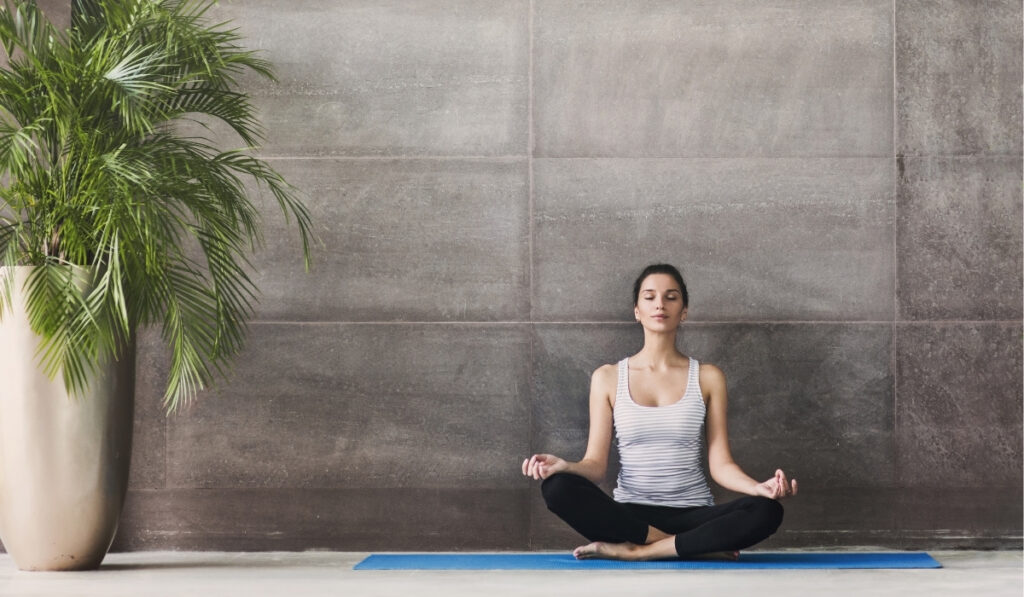From simple to advanced meditation techniques, most of them recommend that you meditate with your eyes closed. However, you have an alternative option, that is, open eyes meditation. Keep reading further to decide whether to meditate with your eyes closed or open.
Benefits of meditating with eyes closed
How does meditating with closed eyes help you? Closing your eyes helps limit distraction. Since meditation is ultimately about the journey to know your inner self, it is highly advisable to shut your eyes and be completely attentive to your thoughts, feelings, and emotions. This way, you can avoid excessive sensory input and focus only on the set intention.
Can we meditate with open eyes?
While most people prefer to keep their eyes closed, you can also meditate with your eyes open. Most of us assume that it is mandatory to close our eyes during meditation; however, that is not always the case. Close your eyes only if you are clearly instructed to do so.
Otherwise, try meditating with your eyes open as it is an excellent option for people who feel restless to meditate with their eyes closed. Unfortunately, a few of us also end up falling asleep while meditating in this manner. Don’t worry because traditions like Zen Buddhism, Tibetan Buddhism, Trataka Meditation say yes to open-eye meditation.
If you look at Zen Buddhism, it emphasizes the importance of engaging with the outside world by being present with your eyes open.
Keep reading further, and you will get to know that there are many benefits if you practice open-eyes meditation.
Benefits of meditating with open-eyes
When you meditate with your eyes closed, you could fall asleep. As a result, your meditation sessions might turn out to be ineffective. So, to dodge the risk of turning your meditation session into a full-fledged sleep session, you should opt to meditate with open eyes.
You can also meditate in public places like the office or the park if you choose to meditate with your eyes open. You know that it can get a little awkward for you to meditate in public places with your eyes closed. To avoid weird stares and unnecessary attention, you can meditate with open eyes. An added advantage is that no one will even know that you are meditating.
Your concentration and observation skills improve with open-eyes meditation. As you meditate with open-eyes, your sight becomes sharper. You notice more things around you than before. You actively remain present with the real-world and learn a lot of new things about it. By now, you must be feeling like you should try open-eyes meditation.
So, how do you go about it? Proceed to read further to know more about different ways of meditating with your eyes open.
How to meditate with open-eyes
Let us start with a basic technique. Just stare at the blank wall in front of you while you meditate. Yes, it is this simple. Before you meditate this way, ensure that you don’t have many objects nearby to distract you. Just the plain wall will do. Another way is to pick a single point of focus.
A flowerpot, a statue, anything will do. Focus only on the chosen object and pay attention to all the details of the item. For example, if you choose the flower pot as the object, focus on the colour of the petals, the shape of the leaves, and the pot’s design.
In the midst of all this, your mind starts to wander. You start thinking about other things. Don’t worry about this. Gently bring your attention back to the chosen object of focus. Keep looking at the item without straining your eyes. See the object for what it trues is and learn to be still.
You can also choose the candle flame as your focus object.
Just observe the flame of the candle and notice how it flickers due to the wind. You can also focus on the spinning fan in your room. Without judgment, see how the blades of the fan move in a rhythm. Slowly and gently, keep looking at the moving fan and lose yourself in the object.
Conclusion
Now, you are well aware of the benefits of meditating with your eyes closed and open. Depending on the set intention and the comfort factor, you can make a well-informed decision and improve your meditation sessions’ quality.





